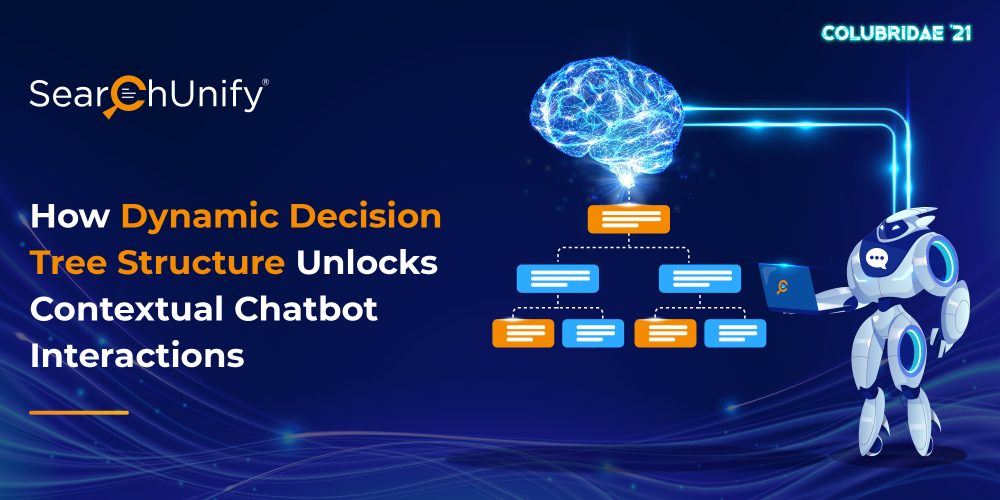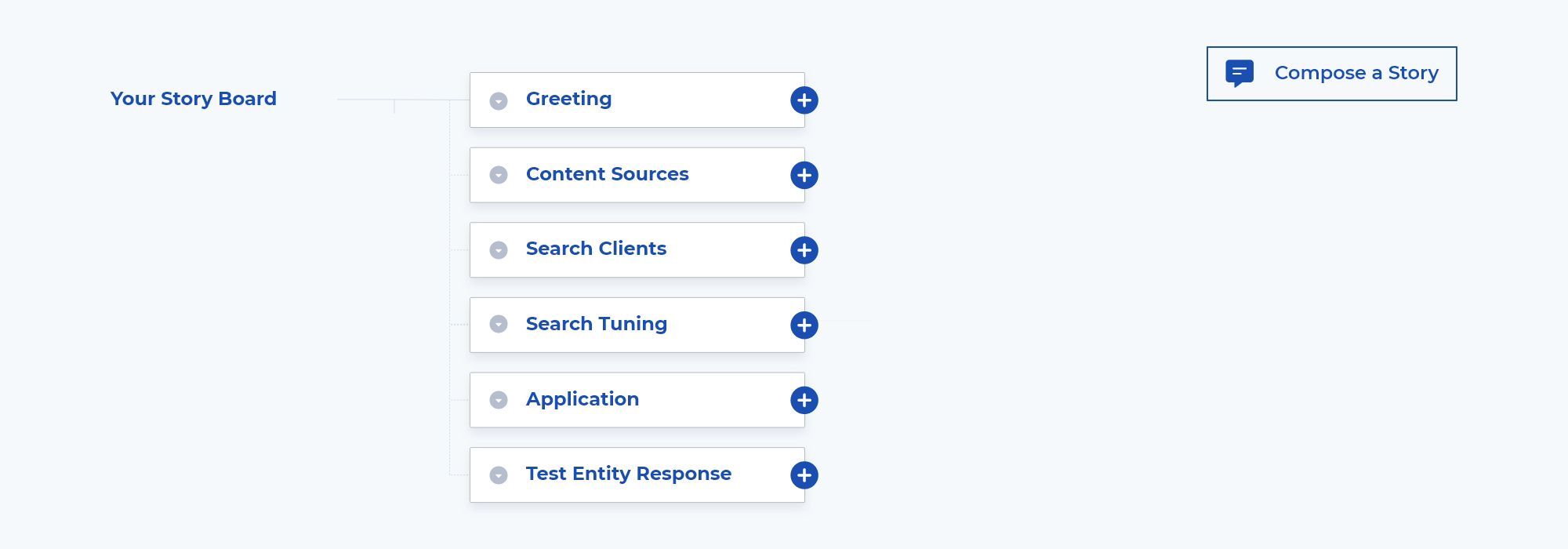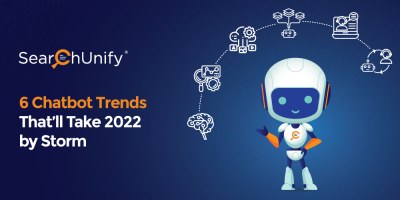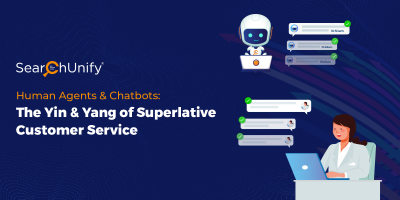
You’ll find a lot of people who don’t believe in the magical power of chatbots. Pretty sure that they must’ve been stung by a chatbot’s out-of-context and wrong responses. But times have changed. Unsupervised and adaptive learning-based chatbots have risen and are making noise.
The reason behind the comeback of chatbots (after their initial fall) is that a new breed of chatbots is on the horizon. It creates a dynamic and adaptive flow of conversations based on AI-powered algorithms.
According to a report, the chatbot market was valued at $17.17 billion in 2020 and is estimated to reach a whopping $102.29 billion by 2026.
Unlike their predecessors, these new-age chatbots don’t have a static conversation flow that fails to respond to questions not covered in their training. Instead, they have a resilient hierarchical dynamic tree-based structure that ensures the conversation loop doesn’t hit a wall. Sounds complicated? It’s not! And after reading this blog post, you’ll feel the same way.
First Things First—What are Dynamic Decision Trees in Chatbots?
Before we proceed to answer this question, let’s quickly glance through some important chatbot terminologies that will help you better understand the rest of the post.
1. Storyboarding
This is where chatbot trainers or admins spend most of their time. They create a layout of possible scenarios or stories and frame utterances, intents, and entities for a successful conversation flow.
2. Nodes
A story consists of nodes. Each node consists of an intent & its subsequent response.

A traditional (static) storyboard
With static decision trees, bots have a linear flow of conversations, as shown in the image above. Greetings, Content Sources, Search Clients – they are all stories, and the plus sign at the end is called a node.
In a static setting, every story has a single node (linear). These bots offer less flexibility as the conversation flow is rule-based and there’s a fixed set of questions. For example, if customers press 1, present them option A, and so on. If you look at it from a UI perspective, it is difficult for an admin to look at the storyboard and identify the node that will trigger after the first one.

A dynamic decision tree structure
Whereas in a dynamic decision tree structure, the admin gets a clearer picture of the story flow, parent node, and child nodes. They can create as many nodes as they want for a story. In dynamic tree structure storyboarding too, admins create pre-determined questions but in this case, the chatbot leverages AI-fueled algorithms, machine learning, and NLP (Natural language processing) to come up with a relevant response.
An Example to Illustrate Further
Let’s say a travel company is using a chatbot on its website. For the chatbot admin, one possible story for customers could be for booking. Now, that booking could be for a hotel, flight, or holiday home. With dynamic decision trees, the admin can create one story titled ‘Booking’ and create nodes for all three under it. The benefits of this strategy are twofold:
- It’s easier to manage a single story by creating a single intent ‘booking,’ that is further branched out to nodes – ‘hotel,’ ‘flight,’ etc., as compared to creating multiple intents for a single story.
- This also helps the chatbot add or cull steps on the go. For instance, if a customer chooses ‘booking,’ and then ‘flight,’ the bot will ask for the destination, travel dates, and other details. But if the customer had straightaway typed that they want to book a hotel, the bot wouldn’t have asked them to choose from a hotel, flight, and holiday home, and skipped straight to dates, room preferences, available suites, etc.
Dynamic storyboarding utilizes machine learning algorithms and deep learning such as artificial neural networks to extract entities, match patterns, and come up with the right response.
“A Bot Can Be Only As Good As Its Trainer” – Not Anymore!
With static decision tree chatbots, the onus of quality chatbot interactions is on the trainer. The human brain has its limits, and building a conversation flow for every possible customer query can be a bit overwhelming. Also, when this dedicated admin leaves your company, the entire bot knowledge goes out the window as well.
Dynamic decision trees leverage advanced tech and your enterprise knowledge repository to answer a range of queries. An easy-to-grasp UI helps the new moderators to understand the conversational flows. Some chatbots even let you map synonyms. If customers use different words than the ones in the chatbot dictionary, even then they’ll find apt responses.
Some advanced button-based chatbots also allow questions or open text. This reduces friction when customers want something different from the list of options available. If we circle back to our earlier example, the same customer would be able to carry out any of these tasks as well by simply typing in the chat window:
- View previous booking
- Contact support for existing booking
- Update existing booking
In this case, it’s artificial intelligence that maintains the quality of interactions, not the trainer. Hence, a dynamic tree-based structure takes chatbot versatility up by several notches, thus lowering the chances of reaching a dead-end or out-of-context response.
Conclusion
Deploying a chatbot with dynamic decision trees increases the chances of giving your customers the exact solutions they need. It ensures that they don’t get frustrated and keep coming back for more.
Looking For a Chatbot? Go with “A Best-Of-Breed” Bot Recommended by TSIA
Unlike traditional standalone bots, SearchUnify’s chatbot is built on top of a unified cognitive platform that combines artificial intelligence, intelligent search, and adaptive unsupervised learning. Read more about it over here.
This is just the tip of the iceberg. We’ve got a lot of exciting stuff coming up for chatbot enthusiasts in our next release. Stay tuned!
















